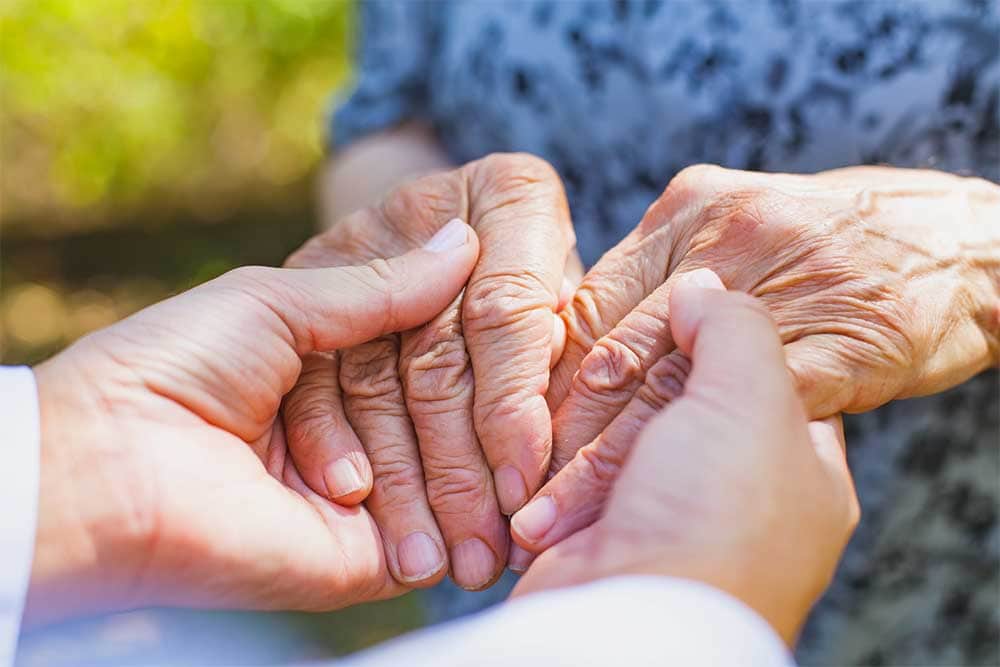Low Intensity, Short Workouts Benefit Individuals With ASD

Catherine O’Brien
Autism Spectrum Disorder (ASD) is typically diagnosed in toddlers. As discussed in my earlier article about ASD, the disorder is characterized by various behaviors that impair communication and social interactions. These stereotyped or self-stimulating (SSB) behaviors refer to repetitive and / or restrictive patterns and may include repetitive speech or repetitive motor movements (spinning, rocking, flapping etc.). Because ASD is often diagnosed in young children, it is no surprise that there is an emphasis on ASD therapies for kids. While there is no known cure or course of treatment for ASD. Previous research has indicated that aerobic exercise can remediate some of the symptoms and behaviors associated with the disorder.
Related Article: Exercise Helps Individuals With Autism
This is a very important learning in the field of autism research but there is still more to be investigated. There are many variables associated with exercise including type, frequency, duration and intensity. The present study, conducted by Olin et al. (2017), focused on duration and intensity. The purpose of the present study was to identify the optimal intensity and duration of exercise for diminishing SSBs.
The Study
 Participants in the study were school age children (mean age 13yo) diagnosed with ASD. All participants experienced each of the study’s five conditions; a control condition and 4 exercise conditions. Participants were randomly assigned the order in which they would experience the conditions. The interventions occurred on the same day and at the same time each week and took place in the usual physical education gymnasium so as to control for any effect related to time of day or discomfort with a new environment. At their first exercise intervention, participants were given the choice of treadmill, elliptical or stationary bike. They would use the same machine for all subsequent exercise sessions.
Participants in the study were school age children (mean age 13yo) diagnosed with ASD. All participants experienced each of the study’s five conditions; a control condition and 4 exercise conditions. Participants were randomly assigned the order in which they would experience the conditions. The interventions occurred on the same day and at the same time each week and took place in the usual physical education gymnasium so as to control for any effect related to time of day or discomfort with a new environment. At their first exercise intervention, participants were given the choice of treadmill, elliptical or stationary bike. They would use the same machine for all subsequent exercise sessions.
The exercise conditions varied in duration (10 or 20 minutes) and intensity. As such, the four exercise groups were 10 min & high intensity (10H), 10 min & low intensity (10L), 20 min & high intensity (20H) and 20 min & low intensity (20L). In the low intensity conditions, participants exercised at 50 – 65% of their max heart rate and in the high intensity conditions, participants exercised at 70 – 85% of their max heart rate. In the control group, participants engaged in no activity.
Behaviors
A video camera was discretely set up in the classroom to monitor participant’s behaviors before and after the intervention. They were observed for 15 minutes prior to the intervention and for 60-minutes post exercise. Scorers watching the video were instructed to record occurrences of self-stimulating behaviors. In order to eliminate bias, observers were blind to the treatment condition so they did not know which intervention the subjects had just experienced.
For the control group, results demonstrated no difference between SSB pre and SSB in the first 45 minutes following the control intervention. There was, however, a spike in SSB in the 60min post measurement. In this way, the control group participants actually demonstrated an increased frequency of SSB.
Interestingly, the 20H condition led to an increase in SSB post exercise. The figure below shows that the 20H condition was the only condition that led to a significant increase in SSB from pre to post intervention. Results indicated that the 10L intervention was most successful in diminishing SSB compared to more intense and longer interventions and compared to control. “The 10L session yielded the greatest reduction of all conditions at every time point post exercise, with the largest difference from the control occurring in the latter part of the 60-minute post exercise observation period” p.986.
Related Article: Building An Autism Friendly Workout Plan
The Findings
The findings support previous research in that it demonstrated the positive effects of exercise on reducing stereotypical behaviors in individuals with ASD. This research provides new insight and demonstrates that the intensity and duration of exercise play a significant role in self-stimulating behavior reduction. Low intensity and short duration exercises were associated with the greatest improvement in SSB while the more intense and longer duration exercise actually caused an increase in SSB.
Takeaway
This research is important because it helps establish guidelines and directions for creating ASD friendly workouts. From my perspective, the fact that the most effective intervention was the low intensity and short duration is quite exciting. Individuals with ASD can have difficulty maintaining focus and, as such, shorter duration workouts are more realistic.
While more research is still needed in order to understand the relationship between exercise and ASD therapy, the present study provides promising and applicable results for those who have ASD or work with / care for individuals with ASD.
Related Article: Training Program For Autism
You Might Like:
Reduce Cigarette Cravings with Acute Exercise
Catherine O’Brien It is no secret that smoking is a major health hazard that significantly increases risk of cancer, heart disease, stroke and other health problems. That said, 20% of adult men and 16% of...Effects of Outdoor Exercise
Catherine O’Brien Why Does Exercising Outdoors Feel So Much Better? I have always been a proponent of outdoor exercise, particularly running. There is something so satisfying and therapeutic about the fresh air and the sound...Music – Your HIIT Recovery Secret Weapon
Catherine O’Brien The effects of music on exercise experience is a common theme throughout my articles. I am always interested in the relationship between music and physical activity and how music can alter an exercise...Vestibular Migraines: Could Exercise Be The Answer?
Catherine O’Brien My last article highlighted the inverse relationship between headaches and VO2 max levels such that individuals who experienced headaches regularly had, on average, lower VO2 peaks than their control counterparts. Perhaps one of...Which Is Better For The Brain – Long Duration Or Short High Intensity Exercise?
Catherine O’Brien High intensity interval training (HIIT) is a form of exercise that utilizes “repeated bouts of short-to-moderate duration exercise at an intensity of 85-90% of peak oxygen uptake or 90-95% of peak heart rate...3 Strength Exercises For Individuals With Essential Tremor
Catherine O’Brien Essential tremor (ET) is a neurological disorder characterized by involuntary and rhythmic shaking. Typically, tremors occur in upper extremities such as the hands but tremors can exist in other body parts as well...References
Oling, S.S., McFadden, B.A., Golem, D.L., Pellegrino, J.K., Walker, A.J., Sanders, D.J. and Arent, S.M. (2017). The Effects of exercise dose on stereotypical behavior in children with autism. Official Journal of the American College of Sports Medicine: Medicine & Science in Sports and Exercise, p. 983-990.














